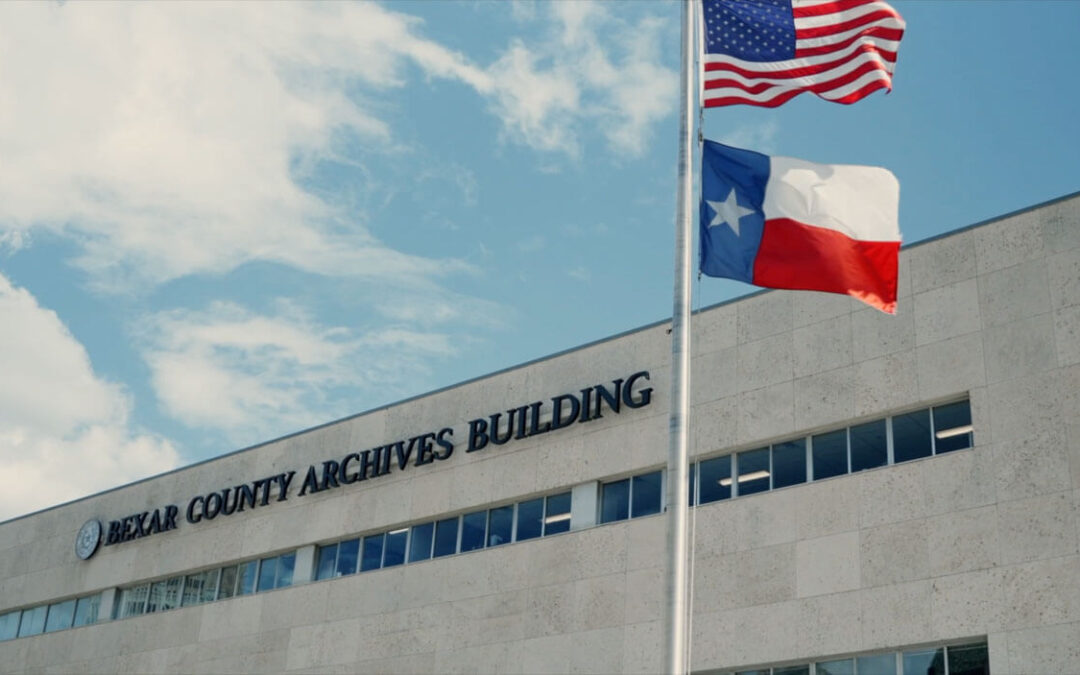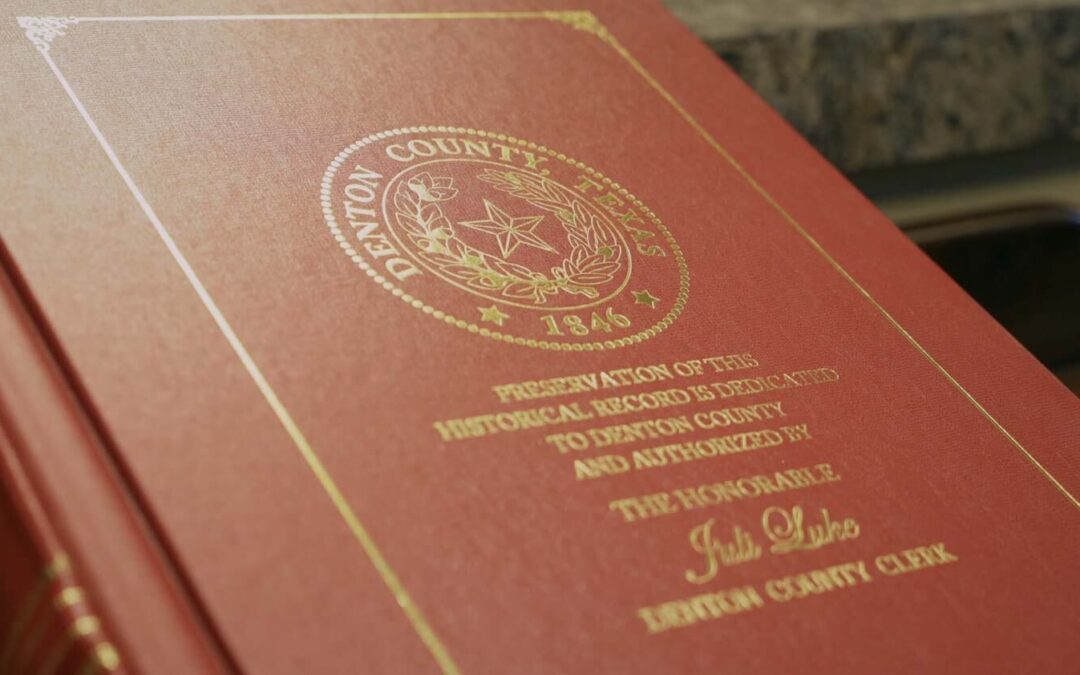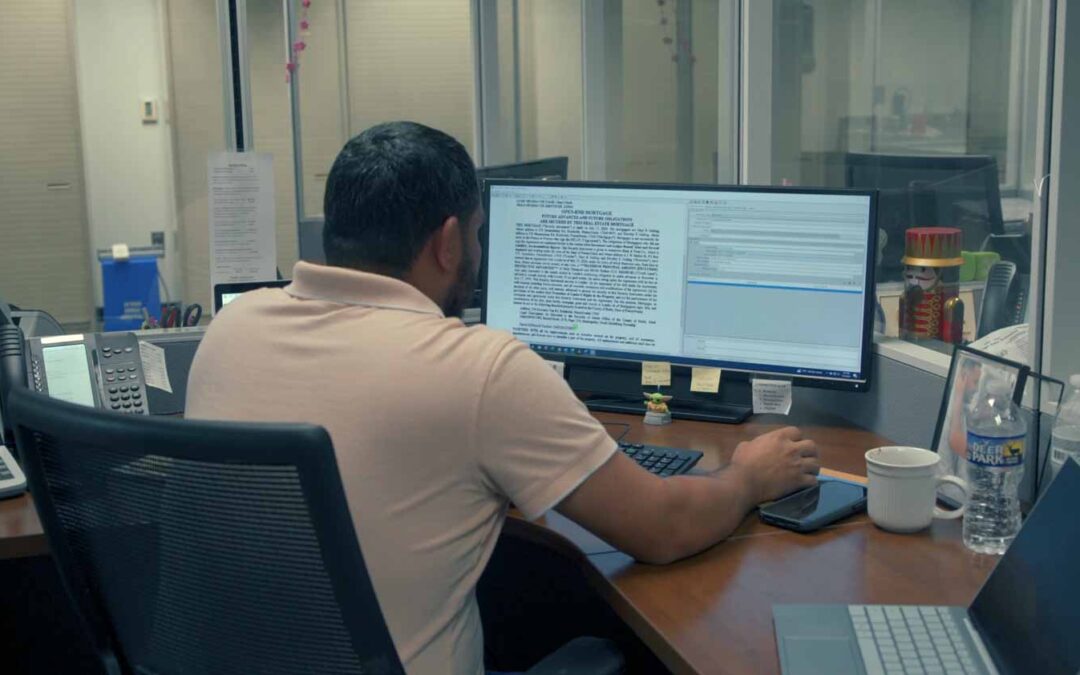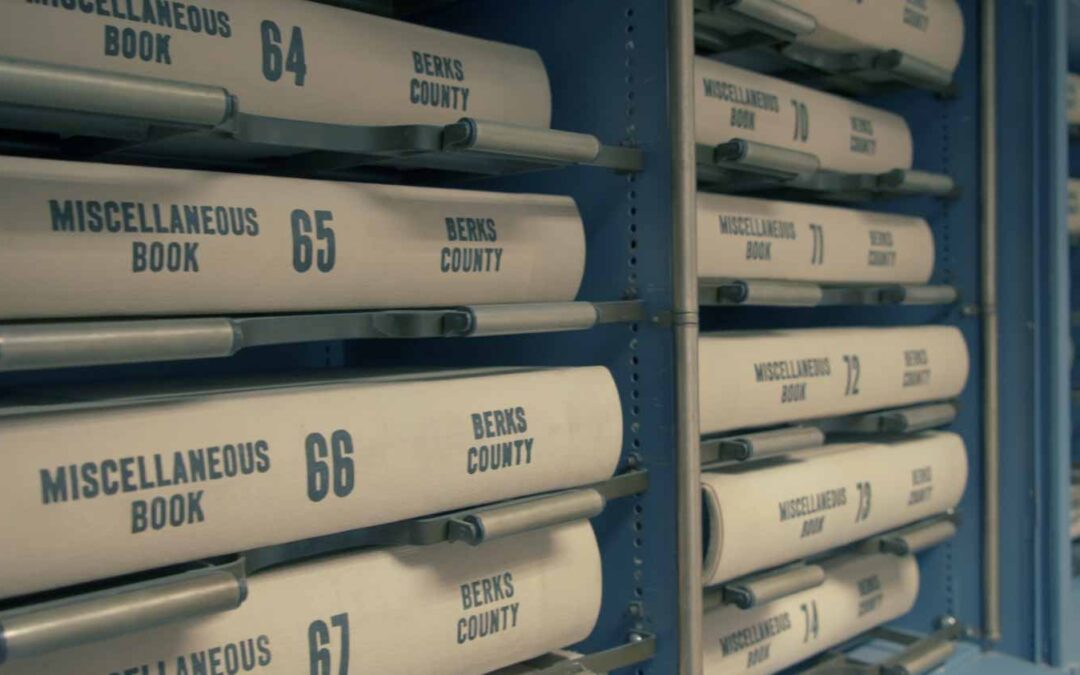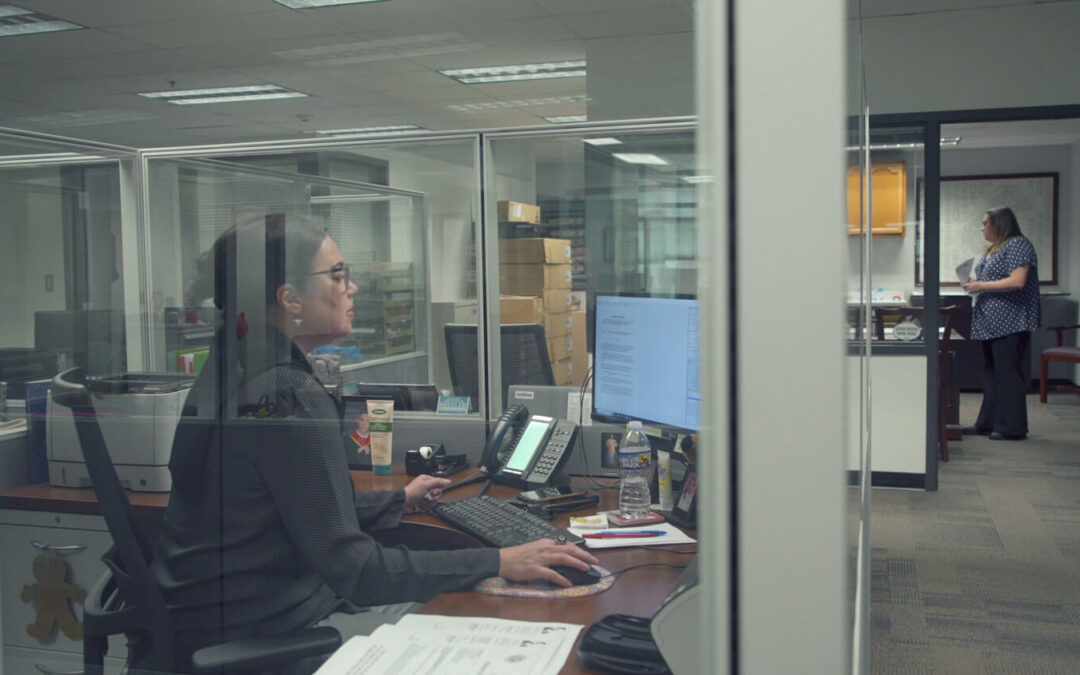Case Study
How the IT Department at Luna County, NM Automates Workflows with GovOS Studio
Overview
On the southwest border of the U.S. lies Luna County, New Mexico, an area rich in history and culture with outdoor activities that span all corners of the county and its three mountain ranges: Cooke’s Range, the Florida Mountains and the Tres Hermanas Mountains.
When it comes to digitization, Luna County’s GIS Coordinator/IT Network Admin, Judy Ortiz Hatch, has taken the lead in employing solutions to help bring automation to county processes.
Since implementing GovOS Studio more than five years ago, her team has created more than 100 forms, including departmental work order forms, records requests and onboarding/offboarding forms that touch multiple departments.
Read on to learn where her efforts have seen the most impact and why she estimates the solution has saved the county thousands of dollars each year.
Luna County, NM
Judy Ortiz Hatch
GIS Coordinator/IT Network Admin
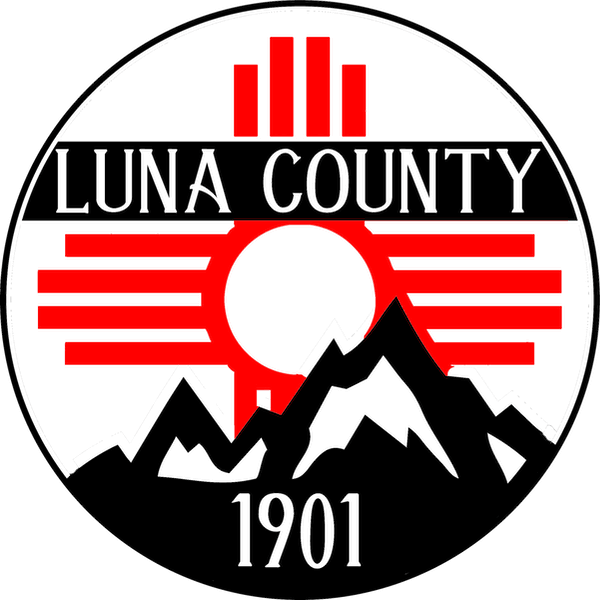
GovOS Solutions
Population
25,500+
Number of Forms Created
100+
Projects Launched
May 2017
How did you get started with GovOS Studio?
In 2017, the IT department was receiving more and more requests to convert static forms into fillable ones. At the time, our team had only three employees. We would typically receive a photocopy of the form which we would then manually type into Word and convert to a PDF. There were forms for work order requests, PTO, FMLA, etc., and it started to get hectic trying to keep track of all that data.
When our maintenance director requested that we automate forms so they would go to specific people upon submission, I saw an opportunity to utilize GovOS Studio (formerly SeamlessDocs). We presented the idea to the county, and they were impressed with the solution. Once we had support from the business office for requisition access, that’s when it really took off.
Are most of your forms internal or external, public-facing ones?
Most of the forms we create are for internal use, but the more employees see what Studio is capable of, the more they want to use it to simplify processes for citizens. For example, we recently created the Burn Notice form so citizens can notify the planning department, fire department and dispatch when they’re planning a burn. Once submitted, the form—which collects their name, address and dates of the planned burn—is automatically sent to the departments, simplifying the notification process for citizens and staff.
What is one of your most frequently used forms?
The IT work order form. It’s a very simple form—all we ask for is the user’s contact information, a description of the issue and when they need it completed. There’s also an option to attach screenshots or other documents related to the request. Once submitted, it’s sent to the IT department and we process it on the backend. This year alone, we’ve received more than 1,700 submissions.
How do you manage that on the backend?
Studio provides us with a database that keeps all our form submissions and associated data. Studio automatically records the work order history, including which technician(s) worked on the request, any activities that happened and any notes, which are all timestamped.
We can view what stage a given task is in and add tags so that help desk employees can look at the request if they receive a call about it and know exactly what’s going on (e.g., the ticket has been submitted to an outside vendor, waiting on hardware, etc.). It gives us an easy account of our work order system and everything is archived after it’s completed.
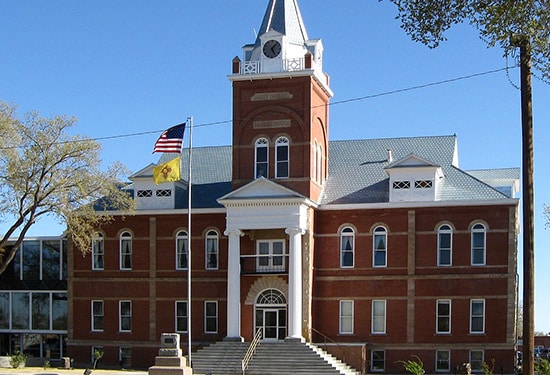
How has Studio helped streamline or automate tasks?
With the built-in automation features in Studio, we’re able to set rules that define what happens following the submission of a form—whether the user should receive a copy of their form submission, who gets notified, etc.
For processes like onboarding and offboarding, Studio facilitated what each department needs to do since the form requires multiple signatures for completion. Studio also helps facilitate things like our purchasing tracking. We know exactly what stage it’s in (requisition, quote, etc.), if we have a PO or it’s been paid, if we received the product, etc., so the system really helps us stay on track.
Do you have a favorite feature or tool in Studio?
One thing I love is that you can add an attachments section using the submission rule builder. It really helps with processes like the finance department’s asset tracking, budget transfers and vendor setup forms that require specific documents to get vendors set up in the finance system.
Want to learn more about what GovOS has to offer?
